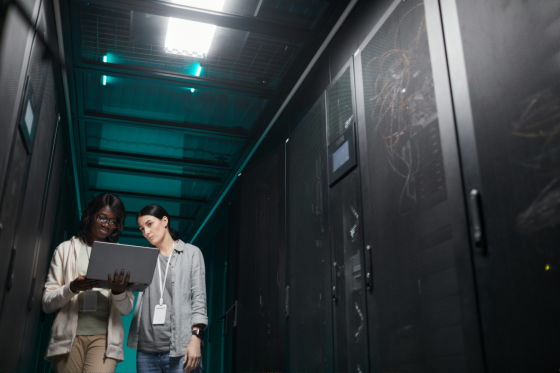Dell and NVIDIA technologies to be used in America's next supercomputer, Doudna

It has been announced that Dell's liquid-cooled server technology and NVIDIA's next-generation GPU architecture,
DOE Announces New Supercomputer Powered by Dell and NVIDIA to Speed Scientific Discovery – Berkeley Lab News Center
https://newscenter.lbl.gov/2025/05/29/doe-announces-new-supercomputer-powered-by-dell-and-nvidia-to-speed-scientific-discovery/

The Supercomputer Designed to Accelerate Nobel-Worthy Science | NVIDIA Blog
https://blogs.nvidia.com/blog/dell-nvidia-berkeley-doudna/
Nvidia, Dell to supply next US Department of Energy supercomputer | Reuters
https://www.reuters.com/world/us/nvidia-dell-supply-next-us-department-energy-supercomputer-2025-05-29/
On May 29, 2025 local time, America's next-generation supercomputer, 'Doudna,' was announced at an event held at the Lawrence Berkeley National Laboratory in California, USA.
'Unleashed artificial intelligence will be the driving force behind scientific discovery across chemistry to physics to biology,' U.S. Secretary of Energy Chris Wright said at the event. 'This is not a system for one field. This is a system for discovery across chemistry, physics, and fields we have yet to imagine.'
The name Doudna is named after Jennifer Doudna , the scientist who won the 2020 Nobel Prize in Chemistry for her development of the genome-editing technology CRISPR-cas9 .
Doudna, who attended the event and whose early work on CRIPSR was supported by the Department of Energy, said, 'I think we're at a really interesting inflection point in biology today, which is really the intersection of biology and computer science.'

Unlike traditional systems that operate independently, Doudna will integrate simulations, data and AI into a single seamless platform. The National Energy Laboratory Scientific and Engineering Computing Center (NERSC) claims that Doudna is designed to provide workflows for more than 11,000 researchers, seamlessly retrieving data from Department of Energy experimental and observational facilities around the country and analyzing it in near real time.
'We're not just building faster computers; we're building systems that help researchers think bigger and discover things faster,' said Nick Wright, NERSC's Advanced Technologies Group Leader and Doudna Chief Architect.
Here are some areas Wright expects Doudna to contribute:
Fusion Energy: Delivering simulation breakthroughs that will make clean fusion energy possible.
Materials Chemistry: Building AI models to design a new class of superconducting materials.
Accelerating drug discovery: Realizing ultrafast workflows that enable protein folding faster than the pace of a pandemic.
Astronomy: Real-time processing of data from the Kitt Peak National Observatory 's Dark Energy Spectrometer to help scientists map the universe.
Doudna uses Dell's cutting-edge direct liquid cooling server technology and NVIDIA's Vera Rubin architecture. Compared to its predecessor, the supercomputer Perlmutter , it is expected to deliver more than 10 times the performance while consuming only 2 to 3 times the power.
'We are incredibly proud of America's continuing investment in this sector -- the foundation of our scientific discovery and our economic and technological leadership,' said NVIDIA CEO Jensen Huang.
in Hardware, Posted by log1h_ik